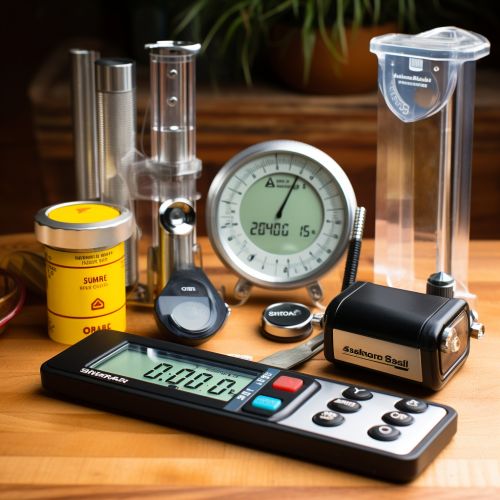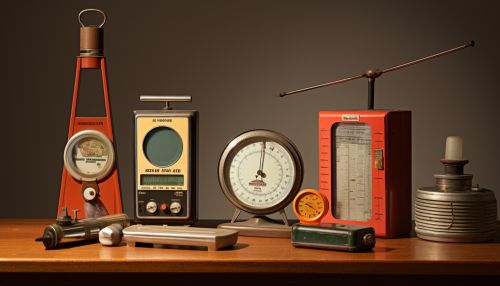International System of Units
Overview
The International System of Units (SI) is the modern form of the metric system and is the most widely used system of measurement. It is an international standard for physical measurements and is used in all fields of science, worldwide commerce, and everyday life. The SI is a coherent system, meaning that its parts are designed to fit together naturally.
History
The SI system was first proposed by the French Academy of Sciences in 1791 to standardize and simplify measurements. The system was officially adopted in France in 1795, and it has since been adopted and adapted by many other countries. The system was further refined and formalized in the 20th century, with the current version being established in 1960 by the 11th General Conference on Weights and Measures (CGPM).
Units and Symbols
The SI consists of seven base units from which all other units can be derived. These are the metre (m) for length, kilogram (kg) for mass, second (s) for time, ampere (A) for electric current, kelvin (K) for thermodynamic temperature, mole (mol) for amount of substance, and candela (cd) for luminous intensity. Each of these units has a symbol, and these symbols are used in combination to express other units. For example, the unit for force is the newton (N), which is defined as one kilogram metre per second squared (kg·m/s²).
Principles
The SI is based on a few fundamental principles. First, it is a decimal system, meaning it uses the base 10 for calculations. This makes it easy to convert between units, as each unit is a multiple or fraction of 10 of another unit. Second, it is a coherent system, meaning that its units are designed to fit together naturally, without the need for conversion factors. Third, it is a rational system, meaning that it is based on a small number of base units from which all other units can be derived.
Usage
The SI is used in all fields of science, worldwide commerce, and everyday life. It is the standard system of measurement in most countries, with the notable exceptions of the United States, Liberia, and Myanmar, which have not fully adopted the system. However, even in these countries, the SI is widely used in science, medicine, and many sectors of industry.
Future Developments
The SI is not static but evolves in response to advances in science and technology. For example, in 2019, the definitions of the kilogram, ampere, kelvin, and mole were revised based on fundamental constants of nature rather than physical artifacts or empirical properties. This ensures that the system remains accurate and reliable for all types of measurements, now and in the future.


